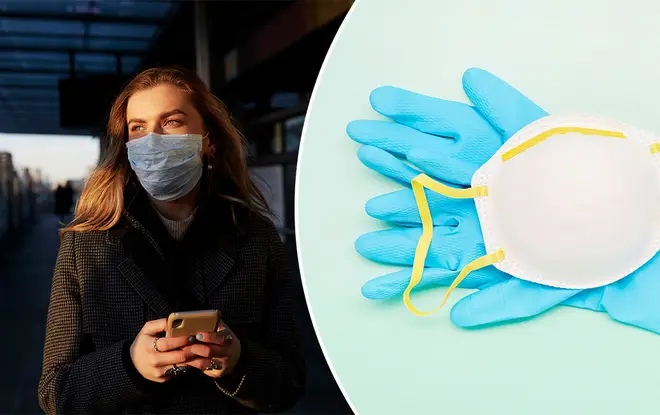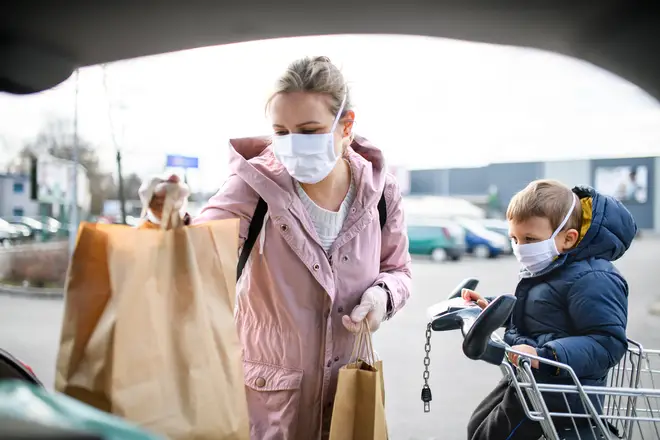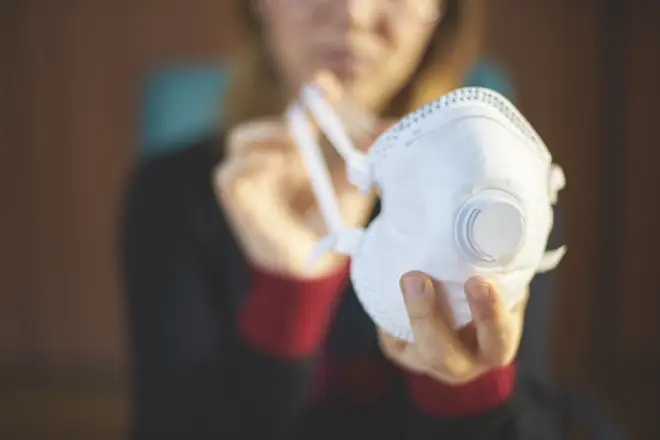On Air Now
Heart Breakfast with JK and Amanda Holden 6:30am - 10am
24 June 2020, 08:01

The statistics follow a significant drop in deaths and infections of COVID-19 around the world.
For the first time since the pandemic started, COVID-19-related deaths have now fallen across all of the age groups.
Official statistics show that now, those under the age of 40 are at a lesser risk of dying from coronavirus and are more likely to die in a car crash, with under-25s more likely to pass away because of the flu.
READ MORE: Boris Johnson announces reduction of 2m social distancing to 1m+

Yesterday, a further 171 Covid deaths were recorded, taking the UK total to 42,927.
Of the daily toll, 46 were in hospitals in England — the country’s lowest Tuesday rise since lockdown began in March.
Prof Sir David Spiegelhalter, from the University of Cambridge, said: “The impact of age on the risk of catching and dying from Covid-19 is extraordinary.
“Younger people have proven to be extremely resilient to the virus.
“The risk of dying is going down as we learn more about the virus and how to treat it.
“Future risks will be far lower still, due to the reduced chance of catching the virus compared to the peak of the epidemic.
“Without lockdown, these risks would have been higher.”

Prof Carl Heneghan of Oxford University, said it was “more than disappointing” to see 100 outbreaks reported in care homes last week.
However, daily deaths in care homes and hospitals continue to fall which is promising news.
Dr Jennifer Dixon of the Health Foundation charity, said: “As Covid-19 now recedes from hospitals, a key question is whether enough has been done to reassure people of their safety when accessing care, balanced against the risks of not seeking care.”